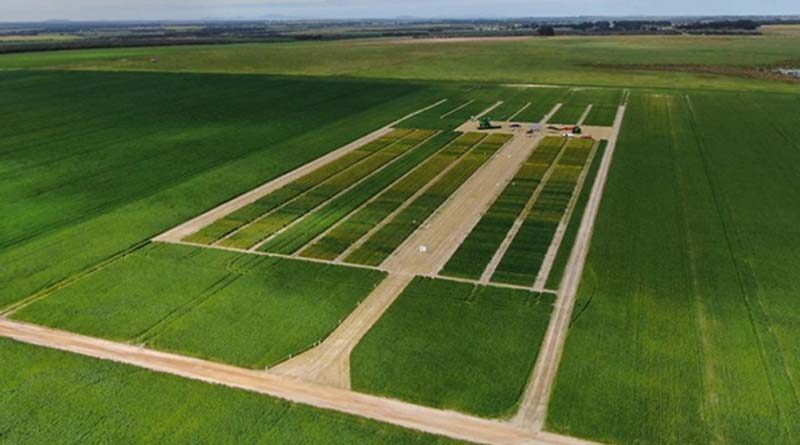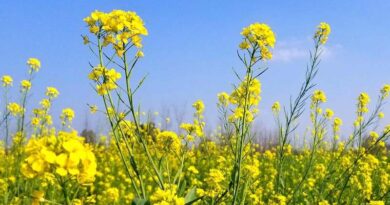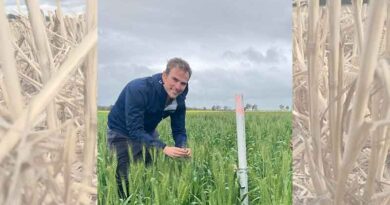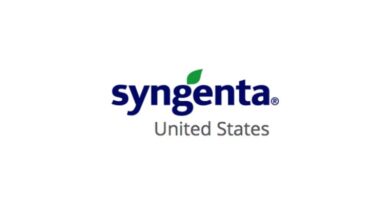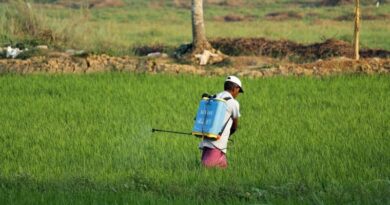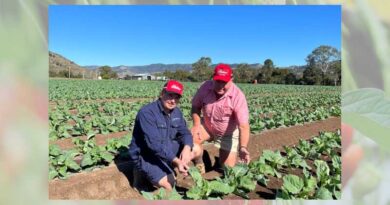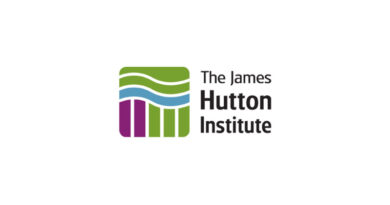Australia: New learnings on winter wheats in WA’s high rainfall zone
08 April 2022, Australia: New research findings on the combination of early sowing dates and ameliorated soils for wheat crops in Western Australia’s high rainfall zone (HRZ) is providing growers new insights into sowing time, nutrition, grazing options and canopy management.
The research has been conducted as part of a four-year GRDC investment that aims to reduce the gap between current and potential yield in wheat and canola in Western and Southern Australia’s HRZ.
The project is led by the Department of Primary Industries and Regional Development (DPIRD) with Field Applied Research Australia (FAR) leading the cereal research component, and CSIRO leading the canola and modelling components.
FAR Australia Managing Director Nick Poole presented the results at February’s Grains Research Update in Perth, saying that trials involved a mixture of small plot work, looking at mid-April sowings and winter versus spring germplasm, conducted on sandplain in the Esperance region with a second small site at Frankland River.
“In relation to amelioration, the project found that ameliorated sandplain soils deep ripped to 800mm increased wheat yield by approximately 0.5t/ha at a cost benefit ratio of just less than $2 return for every $1 spent, in the first year after amelioration,” Mr Poole said.
When looking at spring versus winter varieties and the impact on yield, however, project results were surprising.
“Earlier modelling of these longer season opportunities conducted by CSIRO suggested that winter wheats would have an increased ability to fill this niche, so when we get an early break, the modelling data suggests we can get higher yields.
“But with yields of 6-8t/ha in 2020 and 2021, the HRZ project has to date shown no difference in yield between the best winter and spring cultivars on ameliorated soil in a frost-free environment.”
While there is little yield benefit, there are still some advantages to winter wheats for WA growers in the HRZ, including making the most of early moisture, spreading frost risk, and grazing opportunities for mixed enterprises.
“The winter wheats that we’ve got available to use in our WA high rainfall zones are very useful on these early breaks, but growers should be mindful that they may not be a route to much higher yields than on the traditional May sowing window,” Mr Poole said.
“The winter varieties are more adapted to being able to give you a ‘grain and graze’ option, and certainly give you the protection from frost and the avoidance of a lot of early development, which is what you’d get with traditional spring wheats sown early.”
The project also found that increased inputs, particularly nutrition, have been the key to cost effective yield increases in wheat trials over the last two seasons, and that the principles of canopy management are more applicable to the increased yield potentials of ameliorated soils and to maximise crop yields in the better seasons of the WA HRZ.
Also Read: TAFE launches heavy haulage Tractor Massey Ferguson MAGNATRAK in Maharashtra
GRDC Grower Relations Manager Elizabeth von Perger said that the HRZ farming systems project supports grain growers to find out how they could boost their profitability in high rainfall areas.
“With changing rainfall patterns and an increasing frequency of summer rainfall, growers and advisers are seeking more information on early breaks, cereal choice and management options for April sowing,” Ms von Perger said.
“This research aims to understand the yield potential with different combinations of germplasm and farming systems inputs required to reduce the yield gap while still being profitable.”
It’s also supporting growers and advisers to understand the economic risks associated with potentially higher input farming systems.”

